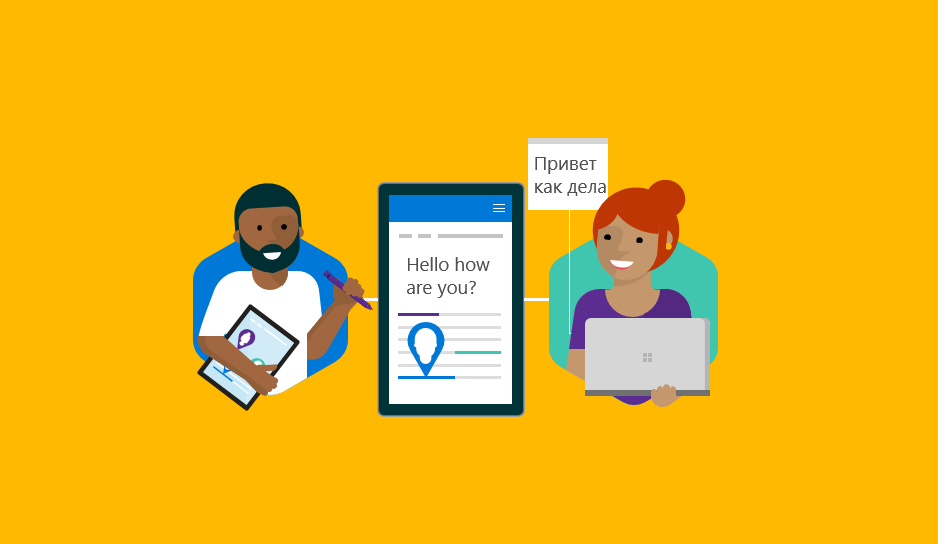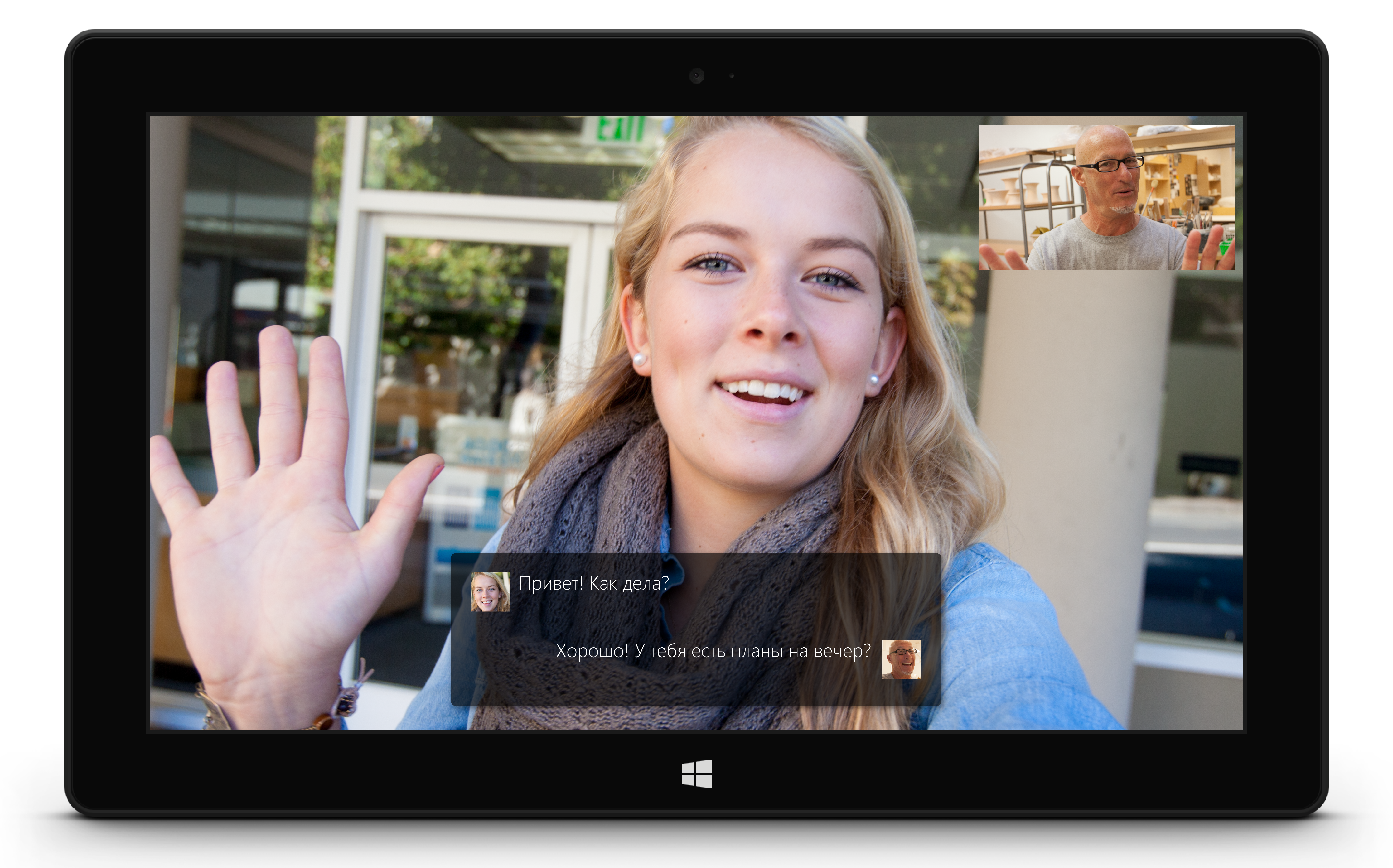Now we can easily converse with 260 million more people than we could before. That is because this week, Russian became the ninth speech language supported by Microsoft Translator.
Microsoft Translator is the speech translation technology that powers all Microsoft speech translation-enabled apps and services:
- Microsoft Translator apps for Android, iOS and Amazon Kindle
- The Translator feature in Skype for Windows desktop and the Windows 10 Skype Preview app
- The upcoming real-time Skype Meeting Broadcast subtitling feature
- And the free and open-source Speech Translator app
The ability to communicate effectively is essential for bringing people of different cultures closer together. Microsoft Translator’s real-time translation technology helps to create a world where language is no longer a barrier. Introducing Russian speech translation to Microsoft Translator opens up huge new communication opportunities for approximately 260 million Russian speakers across the globe and for anyone of the close to two billion people speaking the already supported speech translation languages (Arabic, Chinese (Mandarin), English, French, German, Italian, Portuguese (Brazil), and Spanish) to communicate with Russian speakers.
This added language will not only help keep Russian speakers connected with friends and loved ones around the world, but it will also help businesses of all sizes and not-for-profit organizations to expand their reach. For instance, this could help entrepreneurs integrate real-time speech translation into their applications, services or bots to extend their services to new customers.
Every language has its own rules and idiosyncrasies, so teaching the tool its first Slavic speech language had its own challenges. In addition to the work related to any new language added to the API, such as gathering hundreds of hours of voice recording with their associated transcripts and adding millions of new parallel human-translated English-Russian conversational data, the research team had to also cater to Russian language specific requirements. In particular, and as any Russian speaker will tell you, suffixes of words change according to the gender of the speaker and the gender of the person they are speaking to. Therefore, the models needed to adapt to these rules before reaching an acceptable quality level.
One of the applications that Microsoft Translator powers is Skype Translator. When Skype Translator was first introduced in 2014, the technology was in its infancy. But it was still offering something no-one had really seen before: real-time speech translation powered by machine learning.
It has taken decades of machine learning and natural language research to create the Microsoft Translator speech translation technology. Like the human brain, Microsoft Translator gets smarter the more it is used. In addition, teaching Translator an additional language improves the experience for everyone – in every language.
Microsoft Translator integration in Skype makes Skype Translator the only technology of its kind offering both speech and instant message translation for remote communications, truly breaking both the distance and language barrier.
You can read more about the arrival of Russian speech language in Microsoft Translator here.





